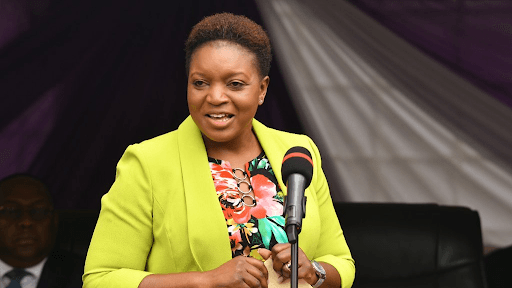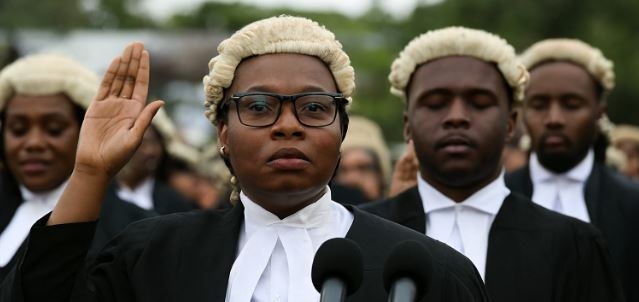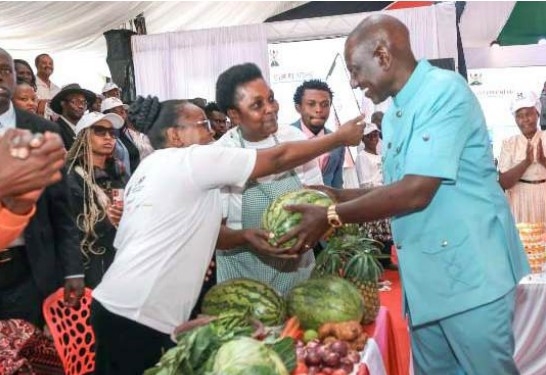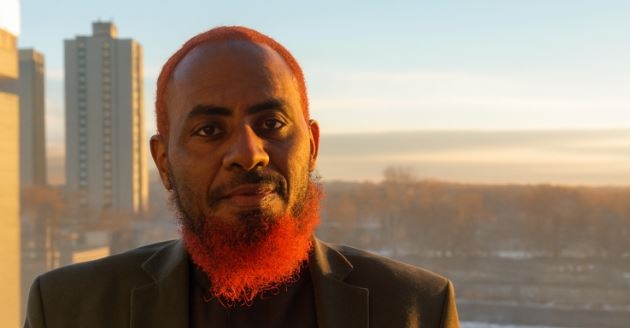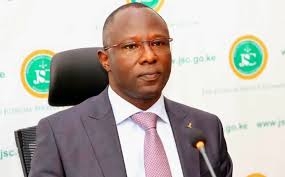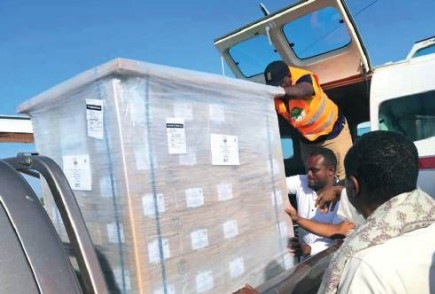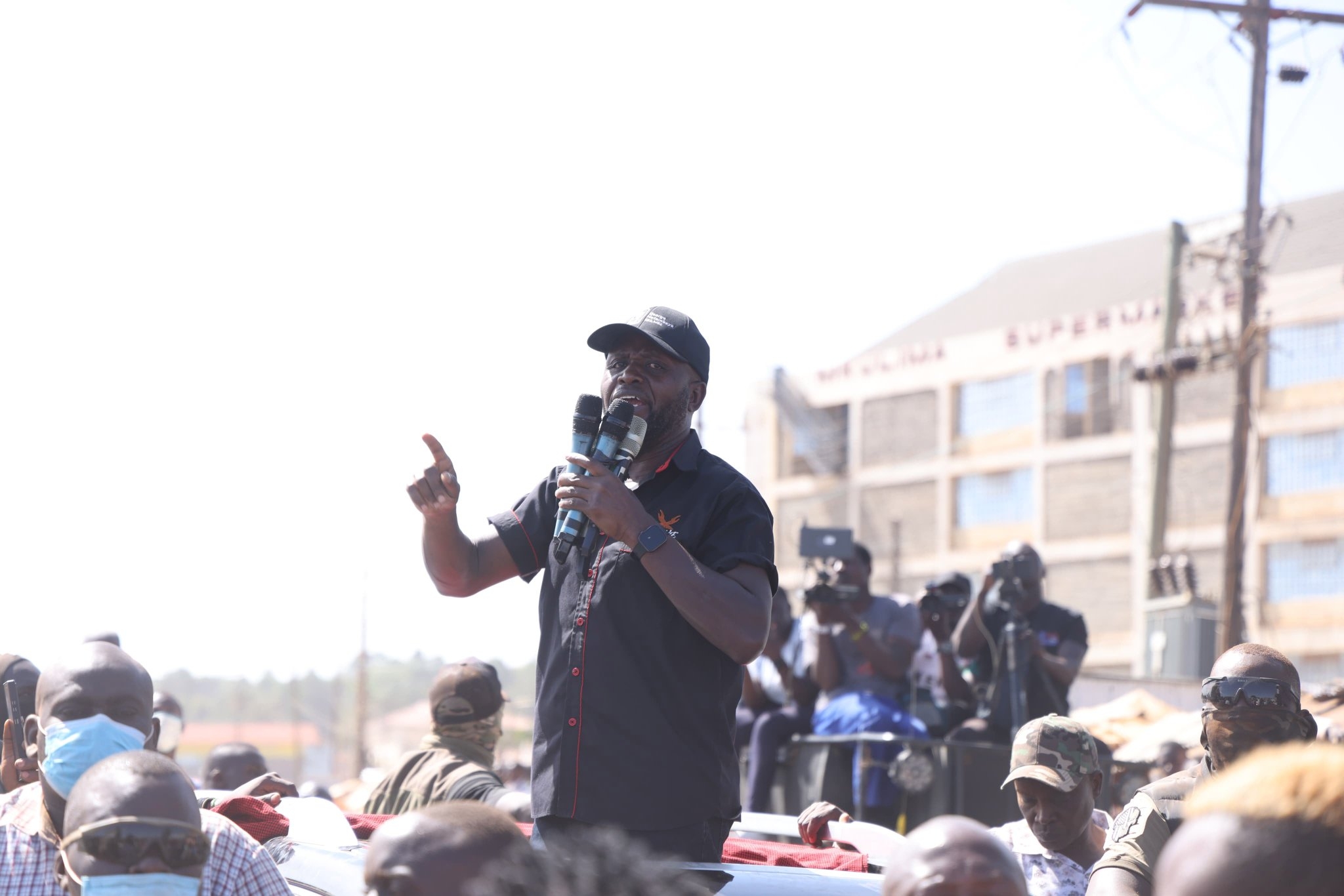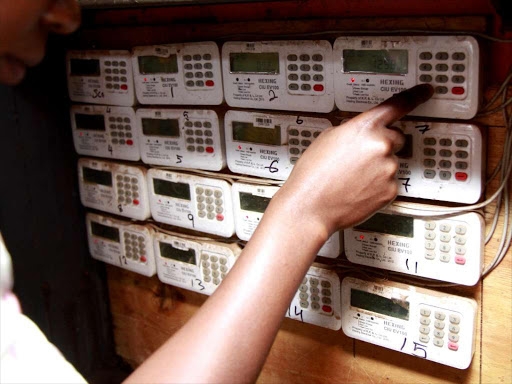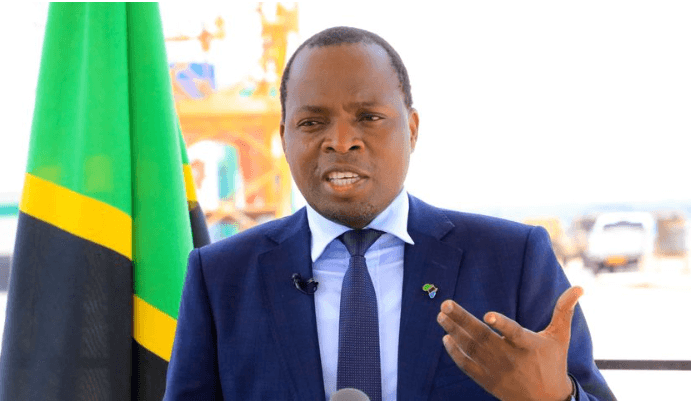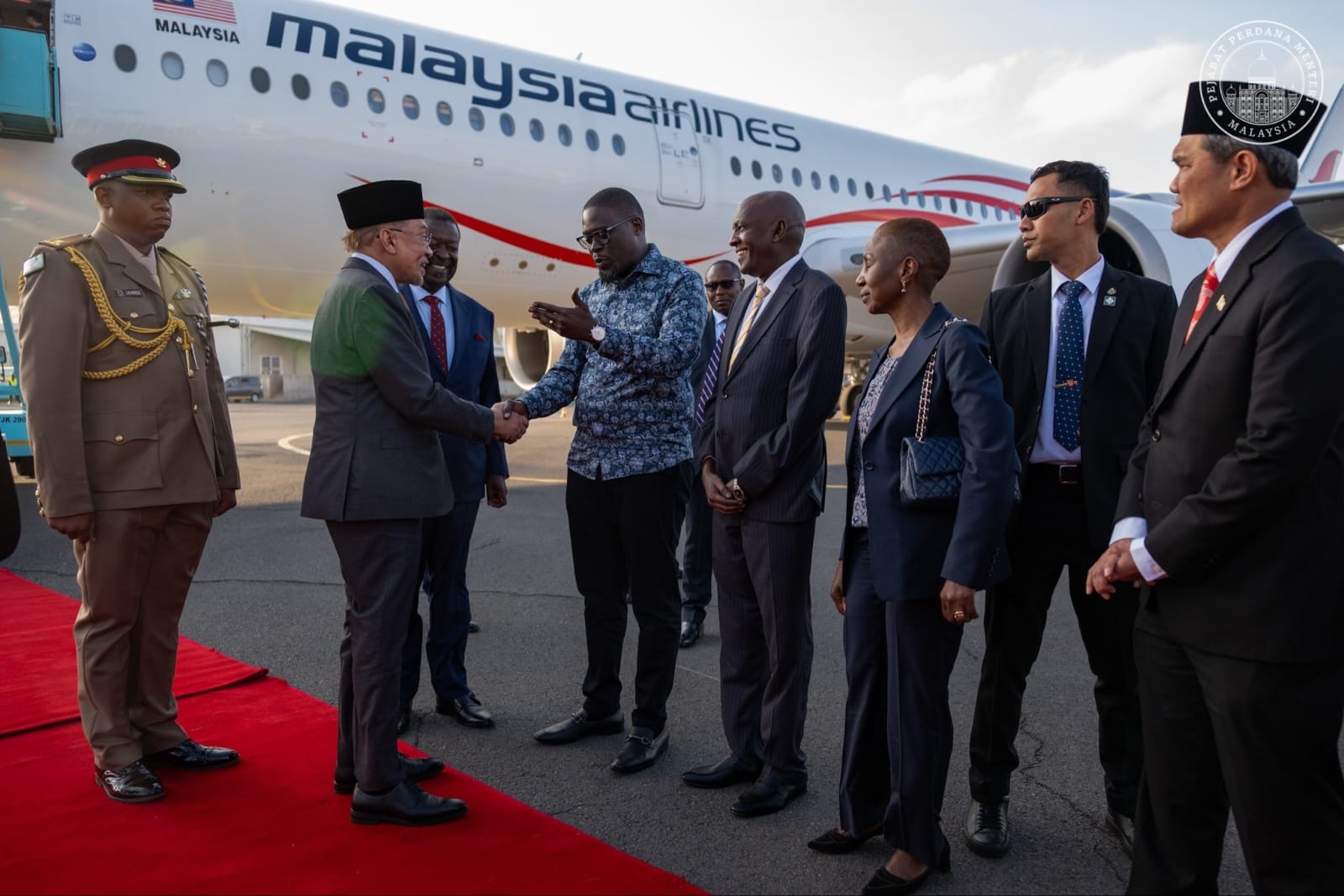One of the most unsettling images from the latest public protests in Kenya was that of demonstrators, in what appeared like a moment of senseless frenzy, systematically topping over and uprooting some of the beautiful road furniture that makes the Nairobi Expressway the visual feast it is around Mlolongo.
By the time the daylong mayhem – called by a motley crew that included the Opposition coalition, digital taxi drivers, truck drivers, boda boda, matatu and Tuk tuk operators - was over, pots of flowers lay broken on the road, the red earth that had once held life together turned to unwanted, dead dirt, while hundreds of meters of perimeter fencing were severed and left mangled and useless on the thoroughfare. Looking at the handiwork of the mobs, it appears that the motivation was not to procure scrap metal for sale in the thriving underground bourse, but to destroy the Nairobi Expressway and render it unusable. But to what end?
Moja Expressway, the company that runs the Nairobi Expressway on behalf of the Government, reacted by suspending operations on the section most affected by the wanton vandalism, between the turnoff to Jomo Kenyatta International Airport (JKIA) and the Expressway’s last exit at the AIC Kasina Church in Mlolongo.
On his part, Roads, Transport and Public Works Cabinet Secretary Kipchumba Murkomen announced that the bill for the repair of the Expressway, which he estimated at over $5 million (Sh706.7 million), would be borne by the taxpayer, as it should be under the terms of the agreement between the Government of Kenya and the Expressway builder and operator.
The repairs on the Toll Road are ongoing and it is still unclear how long it will take. What is however, clear is that during the temporary closure, the operator suffered revenue loss occasioned by the non-availability of a material portion of the asset. The 50,000 daily users of the Expressway had to make do with delayed entry and early exit at the JKIA terminus. Already, the traditional heavy traffic build-up at Mlolongo, which seems to have been resolved by the availability of the Expressway option at this point, was back with vengeance.
Needless to say, it came at a great inconvenience to road users and the economy in terms of inefficiencies in the transit of critical factors of production – entrepreneurship, labor, raw materials and finished products. The consequences are particularly acute in a country where at least 40 per cent of the cost of goods, as compared with six percent in the developed world, can be placed at the door of inefficient transport logistics.
Granted, the repairs on the Expressway - which has been used by over 10,000,000 vehicles as of February 7, since its official commissioning by former President Uhuru Kenyatta on July 31, 2022 - will be completed at some point and the infrastructure will be restored back to its optimal operational level. But perhaps the most important intervention by the government and other stakeholders lies in nurturing and sustaining a context where the variant of senseless destruction of public infrastructure we witnessed in Mlolongo on July 12 becomes a thing of the past and does not recur.
For starters, this can be done by making it extremely inconvenient for the brainless criminals who vandalize public infrastructure to do so. Secondly, there is need for an aggressive and sustained public education campaign to weld into the minds of the population the primacy of public infrastructure as a critical tool in underwriting our economic development, nay survival. To be protected with the same vigor and zeal with which we are willing to protect our political independence and freedoms as a country.
Already, some significant steps have been made by the government in consistently calling out public infrastructure vandalism by its rightful name of economic sabotage. This framing is important in a country where mali ya uma (public property) is somehow inexplicably seen as belonging to some abstract, formless and imaginary construct and not to the very citizens themselves.
The formation early this year, by Interior CS Kithure Kindiki, of a special police unit to protect water infrastructure, should be extended to other types of public infrastructure – roads, railway tracks, stadia, power lines, fibre optic cables, the Expressway etc. Eventually, the mechanics of infrastructure vandalism are no different from violent robbery. Legal recompense for both should be aligned.
The author is a Project Management Professional and a frequent user of the Nairobi Expressway.



